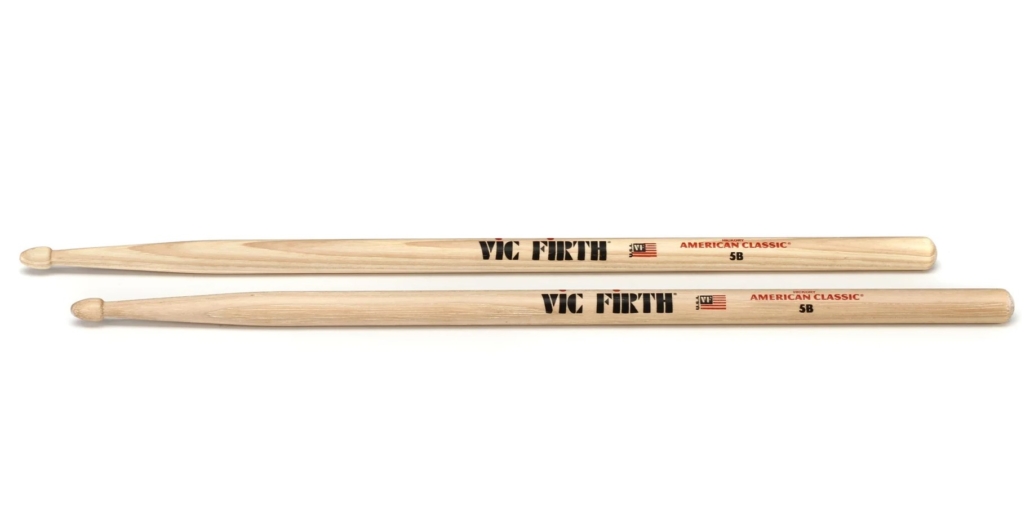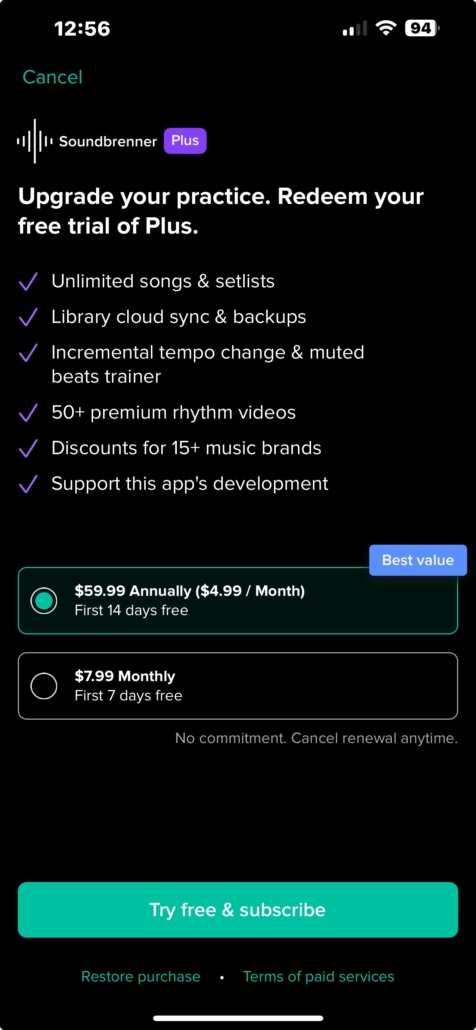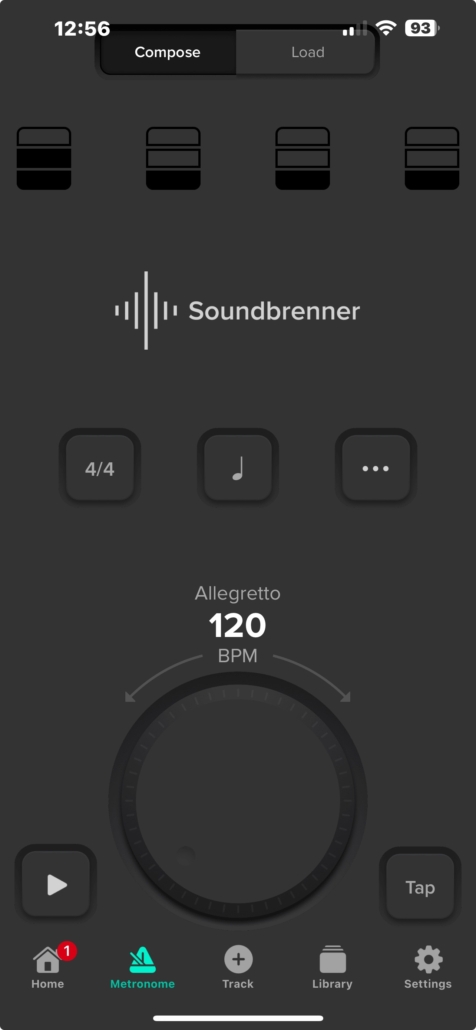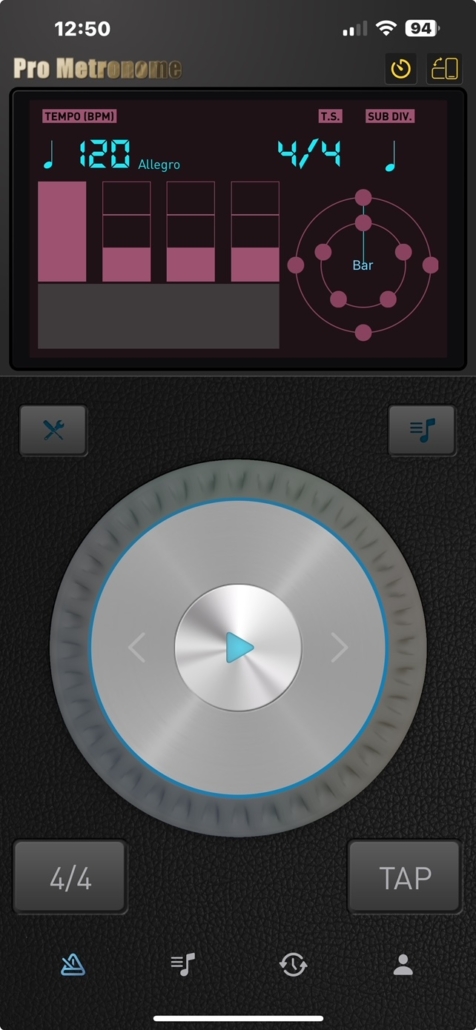5A vs. 5B Drumsticks
5A vs. 5B: A Drum Teacher’s Guide to Choosing the Perfect Stick
As a drum teacher, I see wide-eyed beginners staring at a wall of drumsticks, wondering which to choose. “5A or 5B?” – the age-old question. Finding the perfect sticks helps you to discover your signature sound; it also impacts your playing style, and ultimately, your drumming journey. So, let’s delve into the world of 5A vs. 5B drumsticks and help you unleash your inner rockstar!
The Size:
- 5A: These are sleek and versatile. Since they’re about 0.561″ in diameter, they are perfect for fast playing, nuanced cymbal work, and developing agility. Think jazz, funk, and even lighter rock.

Vic Firth 5A
- 5B: Time to crank up the volume! These thicker sticks (0.595″ diameter) pack a punch, ideal for powerful playing, heavier grooves, and driving beats. Think hard rock, metal, and anything that needs sonic muscle.

Vic Firth 5B
Beyond the Numbers:
- Feel and Control: 5As feel nimble and quick, allowing for intricate ghost notes and delicate dynamic shifts. 5Bs offer more grip and stability, ideal for those digging into the kit with authority.
- Sound and Rebound: Lighter 5As produce brighter, crisper cymbal accents and faster stick response. Heavier 5Bs deliver bolder cymbal crashes and a fuller drum tone, but with slightly less rebound.
- Playing Style and Genre: Ultimately, your choice depends on your musical aspirations. 5As shine for intricate patterns and nuanced expression, while 5Bs cater to power and volume.
Drum Teacher Tips:
- Beginners: Start with 5As! They are easier to control and develop proper technique without tiring your hands. Once you build endurance, explore 5Bs if you crave a heavier sound.
- Genre Exploration: Don’t be afraid to experiment! Some metal drummers rock 5As for lightning-fast fills, while some jazz cats love the beefier bite of 5Bs. Find your sweet spot based on the music you love.
- Listen to Your Body: If your wrists are feeling fatigued or strained, switch to lighter sticks. Conversely, if you feel like you are not getting enough volume, consider moving up in weight. Comfort and injury prevention are key!
Bonus Round: Beyond 5A vs 5B Drumsticks:
The Vic Firth family extends far beyond these two classics. Check out 7As for even more finesse, 2Bs for thunderous power, or explore specialty sticks with nylon tips for silent practice or hickory/maple blends for unique tones.
Remember, choosing the right stick is a personal journey. Listen to your body, experiment, and most importantly, have fun! Your perfect stick is out there waiting to unleash your drumming magic. And as a drum teacher, I’m here to guide you every step of the way!
So, hit the practice pad, explore the stick universe, and rock out with confidence! And who knows, maybe one day you’ll be writing your own blog about finding the perfect stick for your students. The drummer’s journey never ends!
Here is a page with some additional resources that you might find helpful:
- Vic Firth Stick Guide: https://vicfirth.com/pages/frequently-asked-questions
If you have any questions or comments, feel free to contact us. Thanks!





